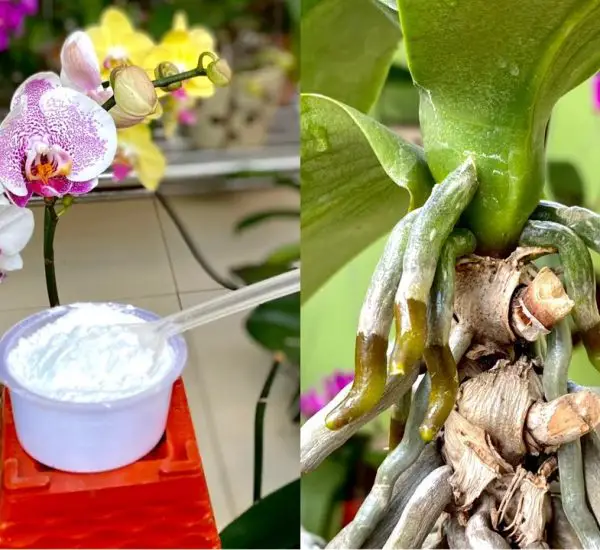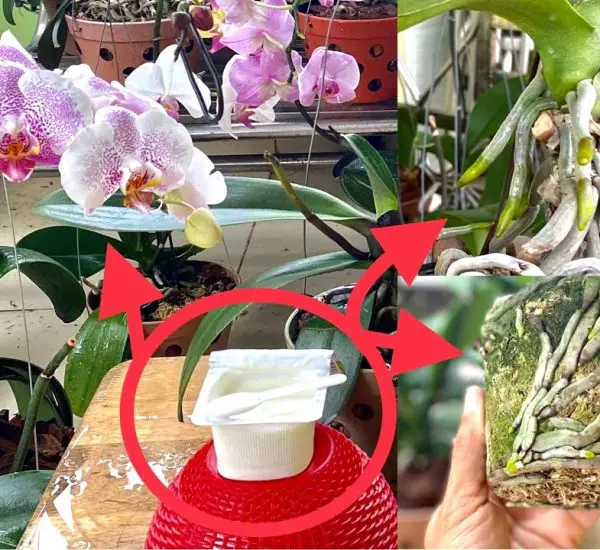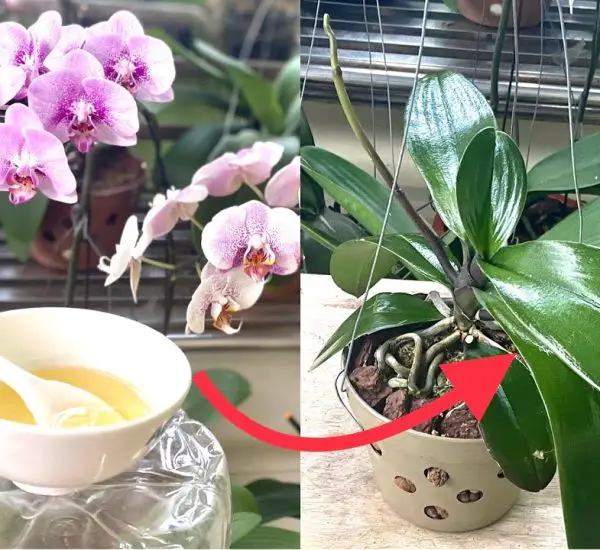1. Initiating Propagation with Natural Stems:
Dendro orchids exhibit diverse propagation methods, with small plants emerging either at the tree base or atop dry branches. However, the natural growth of these small plants can be notably sluggish. In this method, we explore a technique to propagate Dendro orchids from their stems, facilitating the rapid transformation of these plants into small trees.
2. Harnessing the Power of Garlic for Growth:
Garlic, renowned for its potent antibacterial and antiseptic properties, plays a pivotal role in this propagation process. Applied to the cut stems, garlic serves as a protective shield, preventing dehydration during the growth phase. Additionally, a small piece of aloe vera is employed, leveraging its growth-promoting qualities to encourage the sprouting of the orchids. This careful application ensures that the stem remains resilient and hydrated throughout the propagation process.
3. Ensuring Optimal Conditions for Growth:
To further support the revival of small orchid plants, specific environmental conditions are crucial. Employing candle wax and utilizing two plastic cups, we create a nurturing environment with the help of moss. Placing the orchids in this setup and providing adequate watering and misting sessions ensures just enough moisture for optimal growth. During the initial 3-month period, it’s imperative to secure the pot in a stable location to facilitate the successful propagation of these small orchids.
4. Transitioning to a New Growing Environment:
As the small orchid trees begin to thrive and display growth, the next step involves transitioning them to a new growing environment. By replanting the trees with a mixture of pine bark and moss, the orchids find a suitable medium to maintain moisture. This careful transplanting process, along with the addition of moss, contributes to the overall health of the newly planted trees. Placing them in a cool, well-lit location with regular watering completes the propagation cycle, ensuring that the orchids flourish in their exterior environment.



